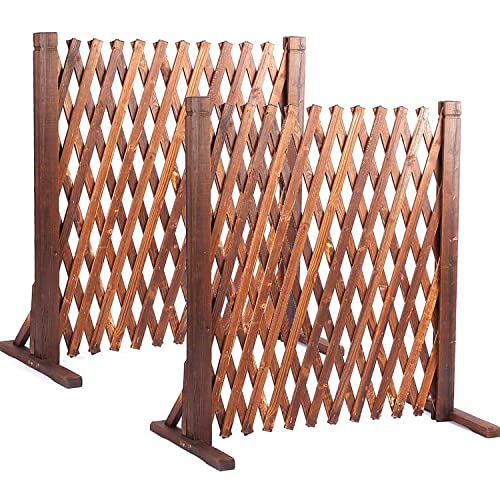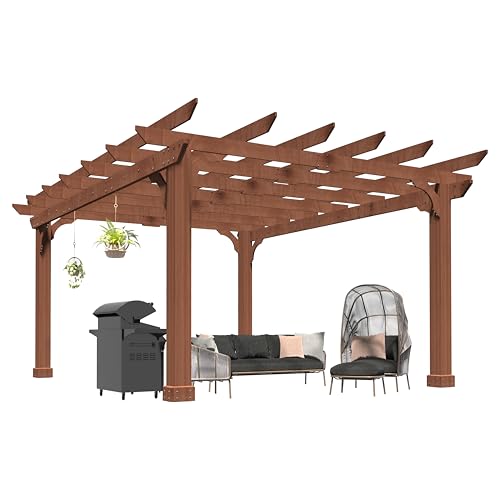Front yard fence alternatives – 5 beautiful ideas for your yard boundary
Design your front yard boundary to provide as much or as little privacy as you would like
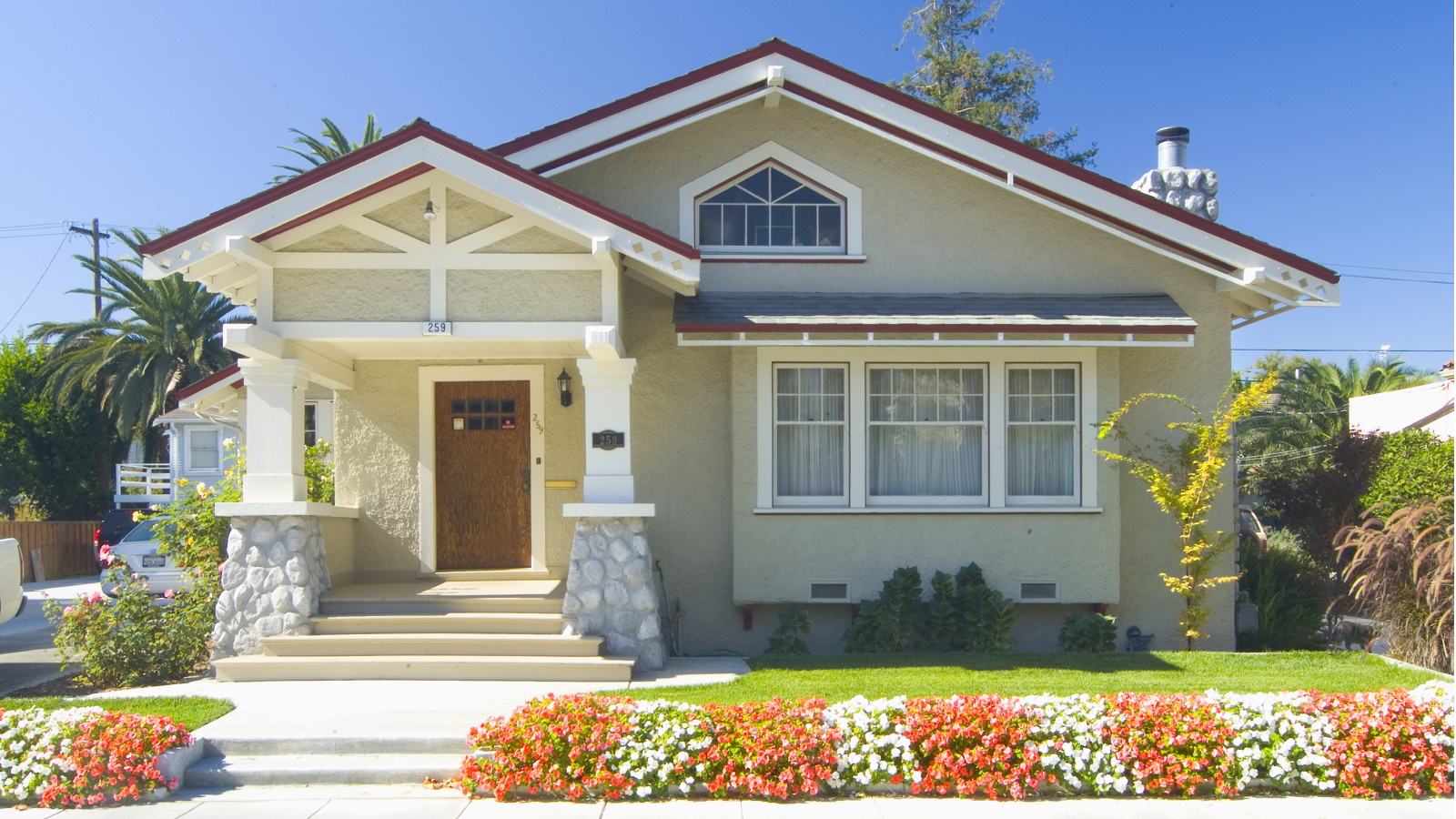

Sometimes when we're caught up with keeping on top of backyard gardening tasks, we forget about all the opportunities the front yard offers. It's the place where your guests are greeted and it represents the face of your house, so making sure your front garden is curated perfectly can be just as important.
When designing your front yard, one thing to consider is your boundary line. While there are so many garden fence ideas that can be adapted to the front of your house, you might want an alternative that isn't as enclosed as your backyard. Alternatively, you might want to plant hedges or other plants that both enhance your front outdoor space and distinguish your property line.
No matter what your vision is for the front of your house, there are lots of front yard fence alternatives to consider. Here are some top picks from landscape design experts to help you find the perfect solution for your outdoor space.
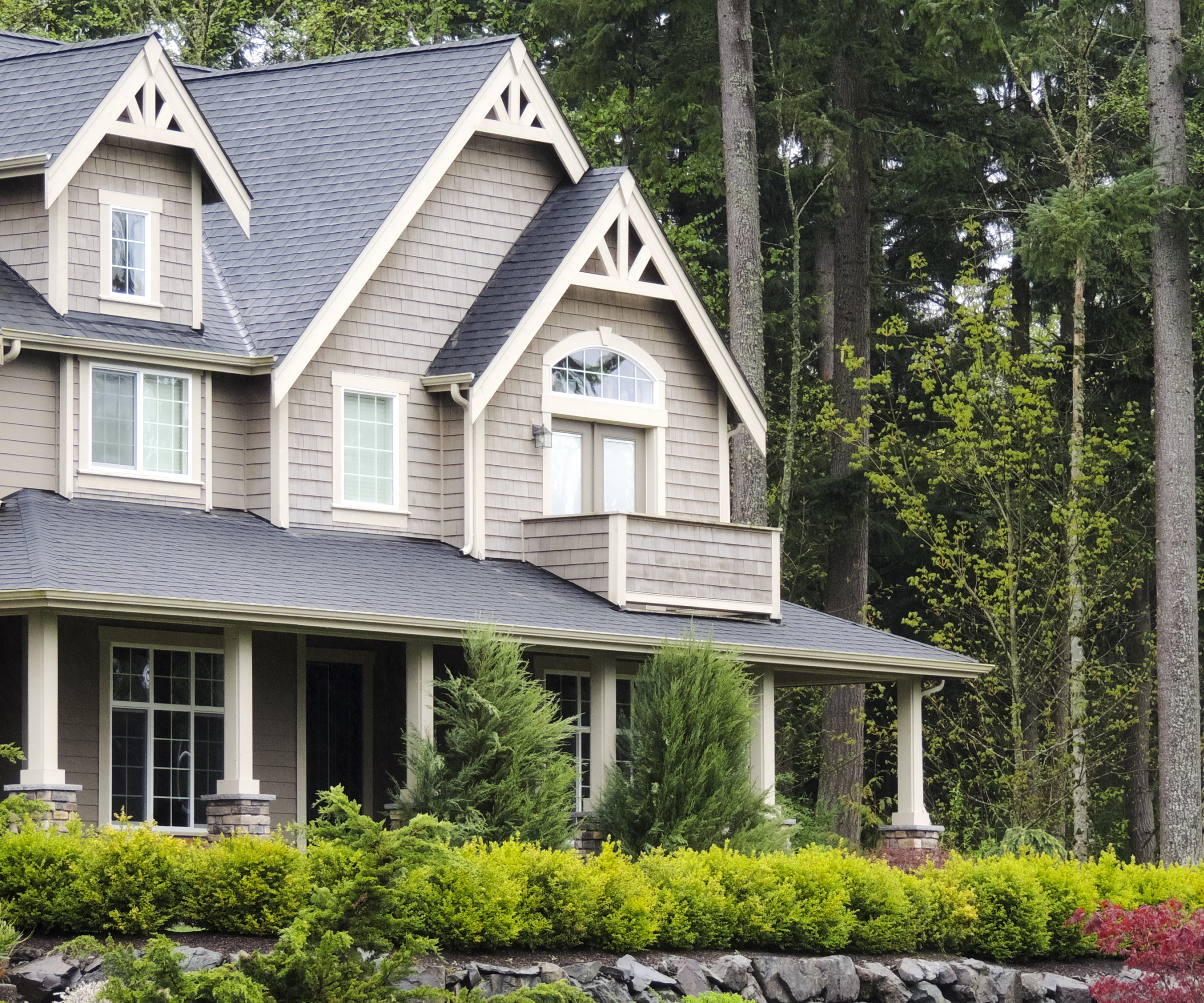
5 front yard fence alternatives
There are lots of front yard landscaping ideas to explore, making it hard to know where to get started with your front yard boundary. A fence is an easy solution that is sure to offer distinguished property lines and an element of privacy. However, there are lots of other ways to design a front yard boundary, many of which offer both privacy and beauty. Here are five front yard fence alternatives for you to explore.
1. Retaining walls
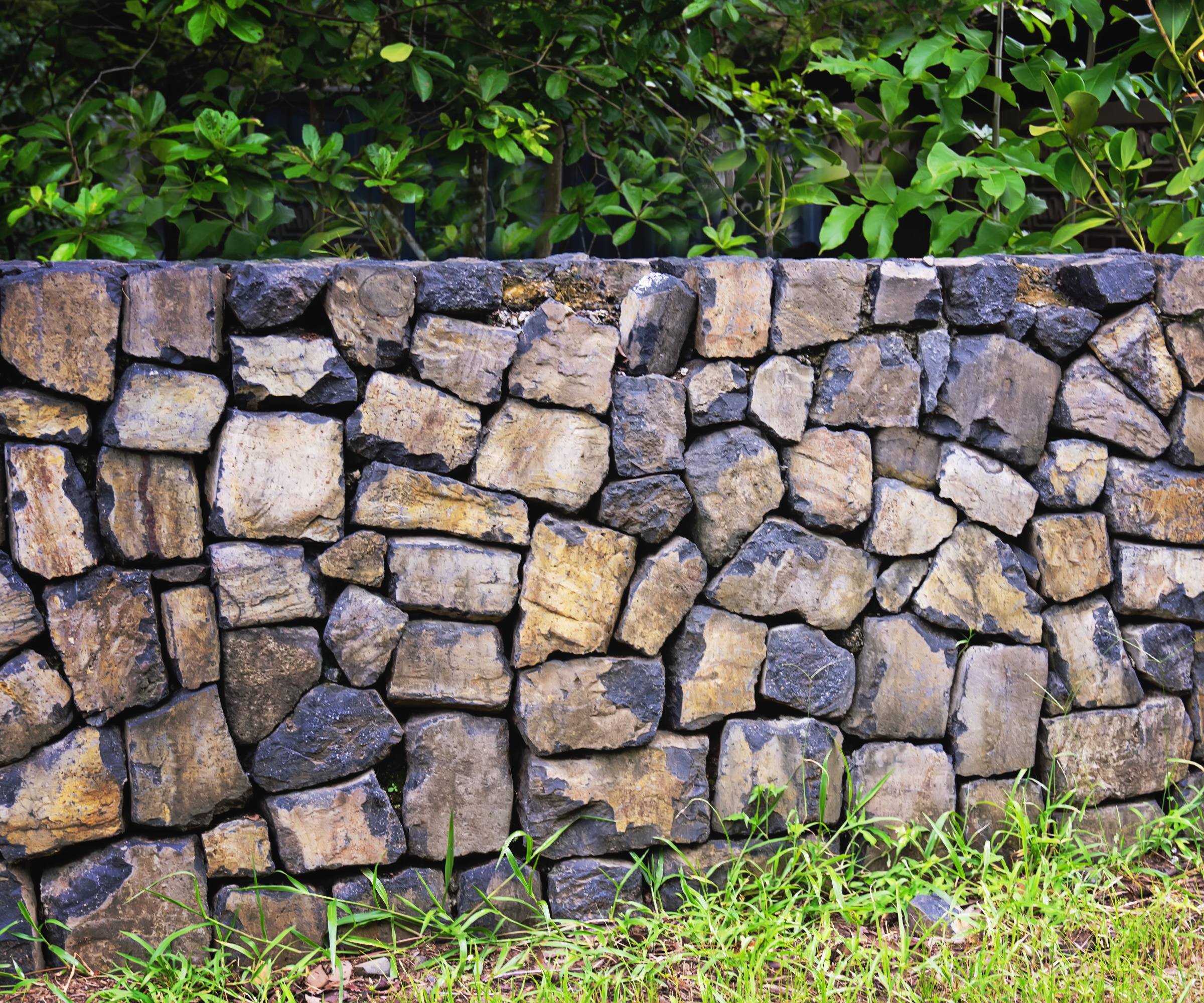
If you're still keen to have secure and hard landscaping in your front yard without the height or structure of a fence, opting for a garden wall is a great alternative. A retaining wall, in particular, can add an enchanting, cottage garden feel.
'With its uniform appearance and layout, traditional fencing can feel a bit boring or standoffish, especially in a front yard. I love the way retaining walls create a layered, textured look for a space that’s both functional and visually striking,' says Cassi Hallam, a landscape design expert from System Pavers.
'Retaining walls are used to help manage soil and water runoff, while creating a defined space to showcase foliage and landscaping. Typically, they’re around three to four feet tall but can be built at custom heights,' she adds.
Design expertise in your inbox – from inspiring decorating ideas and beautiful celebrity homes to practical gardening advice and shopping round-ups.
Retaining walls are often used when designing a sloping garden and are great for incorporating planting at different heights. In a front yard, this might look like using a wall to retain the front yard at a higher level than the street. However, you can also use them simply as a front yard wall that doesn't block off the view of your house.

Cassi is the Marketing Officer at System Pavers. hardscaping design for home remodelers.
2. A border of planting
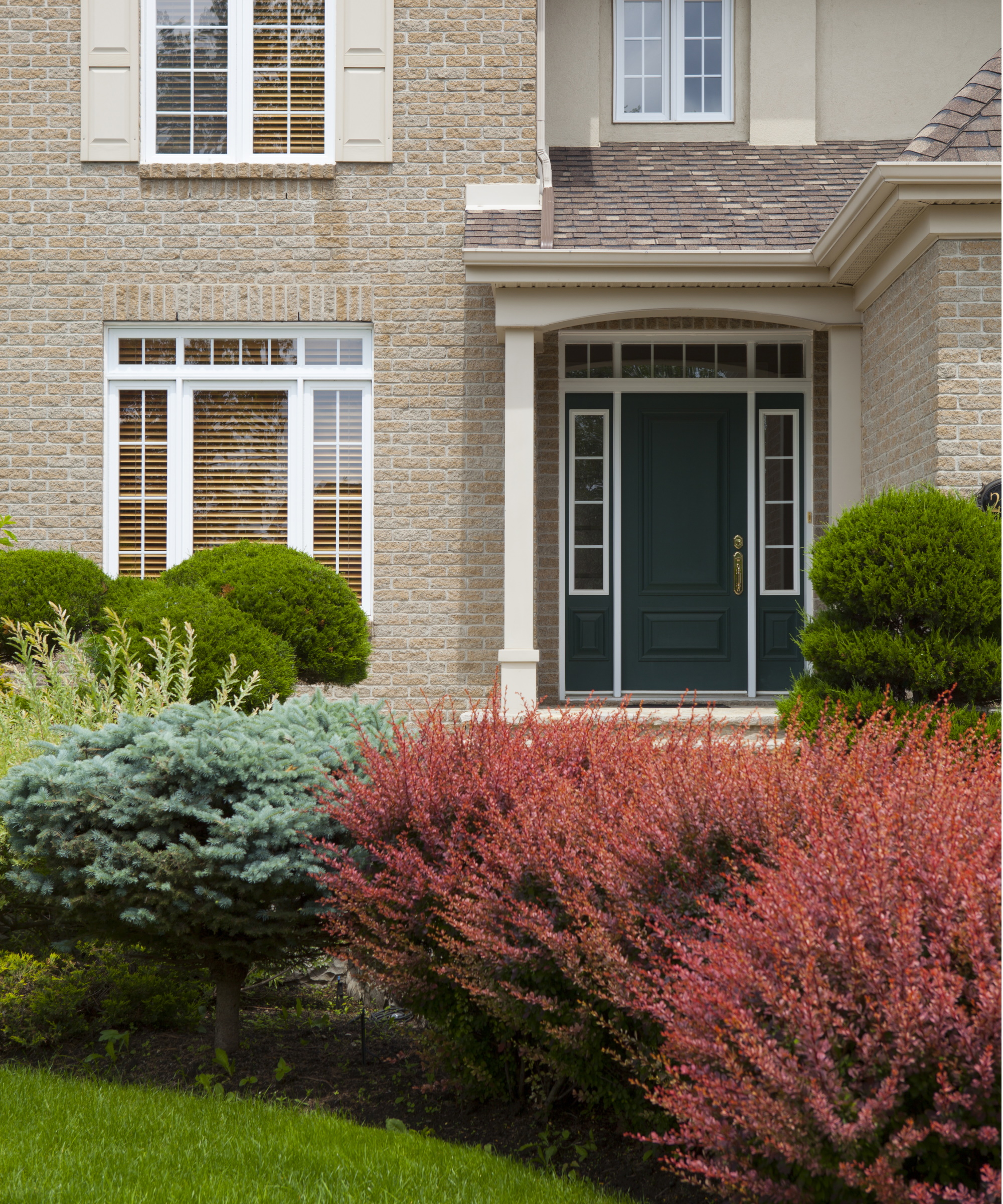
To remove the need for any hard features, you can use plants to create the perfect front yard border. You can really personalize this to suit your style and complement the front of your house - why not try making a scented border to welcome your guests?
'I like fast-growing shrubs like privet, podocarpus and ficus, which can be planted to form a very natural-looking hedge that softens the edges of your yard,' says Marek Bowers, landscape design expert and founder of Bolder Green. 'They create a dense green barrier that can be easily trimmed to the height and shape you want, making them flexible for any yard design,' he adds.
You can also use flowers of a specific color palette to enhance and brighten up the front of your home, like using the best pink plants for a summer border.
'A low hedge works really well to define the edges of the property and doesn’t necessarily need to be sheared into a boxy shape. A looser hedge of roses is a great option with the added benefit of flowers and ’security’ thorns,' suggests Sarah Carr, garden and landscape designer from Word + Carr Design Group.

Marek is a sustainable landscaper and an expert on California and Colorado low-water rebates. Marek's website, Bolder Green, is a guide to eco-friendly gardening. Through his articles on drought-tolerant landscaping and xeriscaping, readers will learn how to design stunning gardens that conserve water and support wildlife, all while adding beauty to their outdoor spaces.

Sarah is a garden and landscape design expert. Sarah joined the studio at Word + Carr in 2007 and became partner six years later. Prior to her career in landscape design, Sarah devoted her time to the practice of architecture and residential construction.
3. Trellis fence
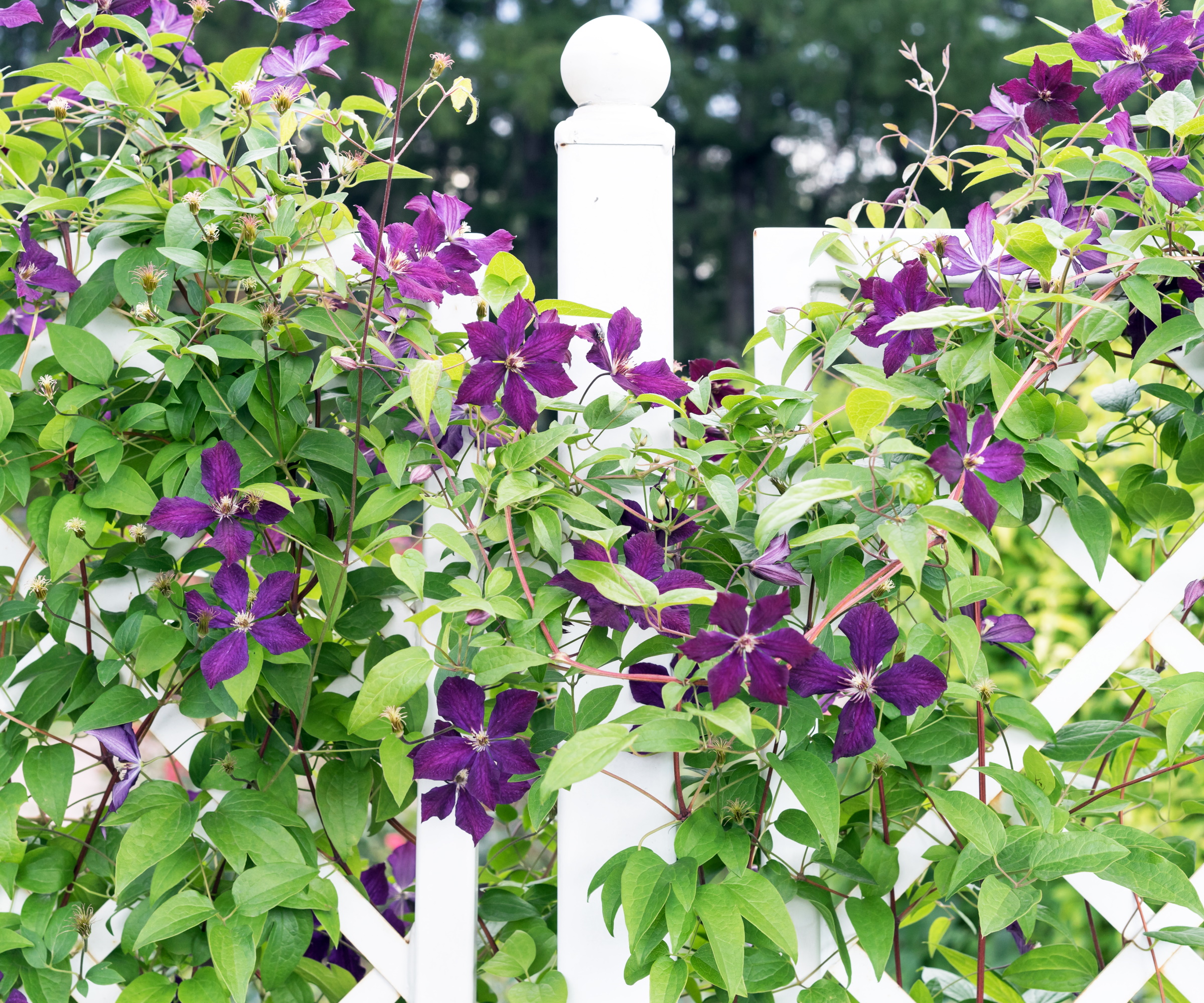
A wonderful way to incorporate some planting with a fence is by choosing a fence that has a trellis. This allows you to grow the best climbing plants for the front of the house without them growing up the building itself.
You can also use a range of trellis ideas to create a boundary covered in plants and achieve the look of plants covering a fence.
'I would absolutely put up multiple trellises, including freestanding vertical trellises (which don't take up a lot of space) and a tunnel trellis covering the pathway to my home, and grow climbing plants like bougainvillea, star jasmine or roses,' says Marek.
This is a great way to create a living wall in your front yard, softening up your boundary. 'They're also great privacy screens that still allow light and air to flow through,' notes Marek.
4. Front yard pergola
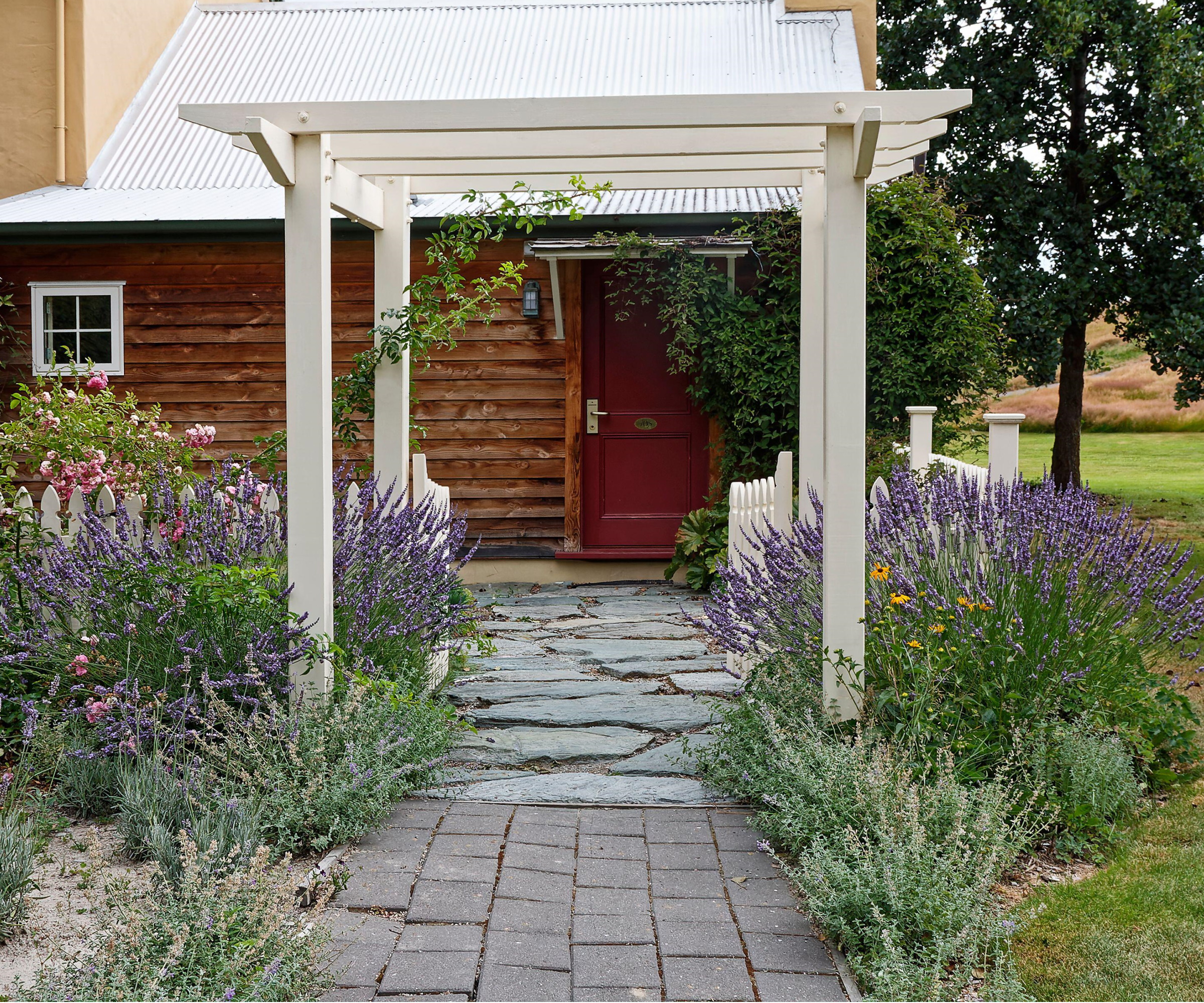
A more unique idea for a front yard fence alternative, and one that can create a grander entranceway, is using a pergola.
'Pergolas add height and architectural interest to your front yard that draws the eye inward and feel welcoming. However, they also serve as a gentle reminder that much like a front door, you must be invited in to enjoy your space fully,' says Cassi Hallam.
Pergolas are a great way to make good use of your outdoor space, as they can designate an area for an outdoor living room.
'By blurring the line between indoors and out, a pergola provides a semi-enclosed space that feels like an extension of your home,' says Cassi. 'With a nearly endless array of styles, from modern to rustic, you can tailor the look of your front yard pergola to reflect your personal taste while creating a sense of enclosure and privacy without solid barriers,' she adds.
In the front yard, you may choose to use a pergola to outline the walkway to the front door, and you can even design a pergola to have a range of climbing plants to add some greenery.
5. Pavers and walkways
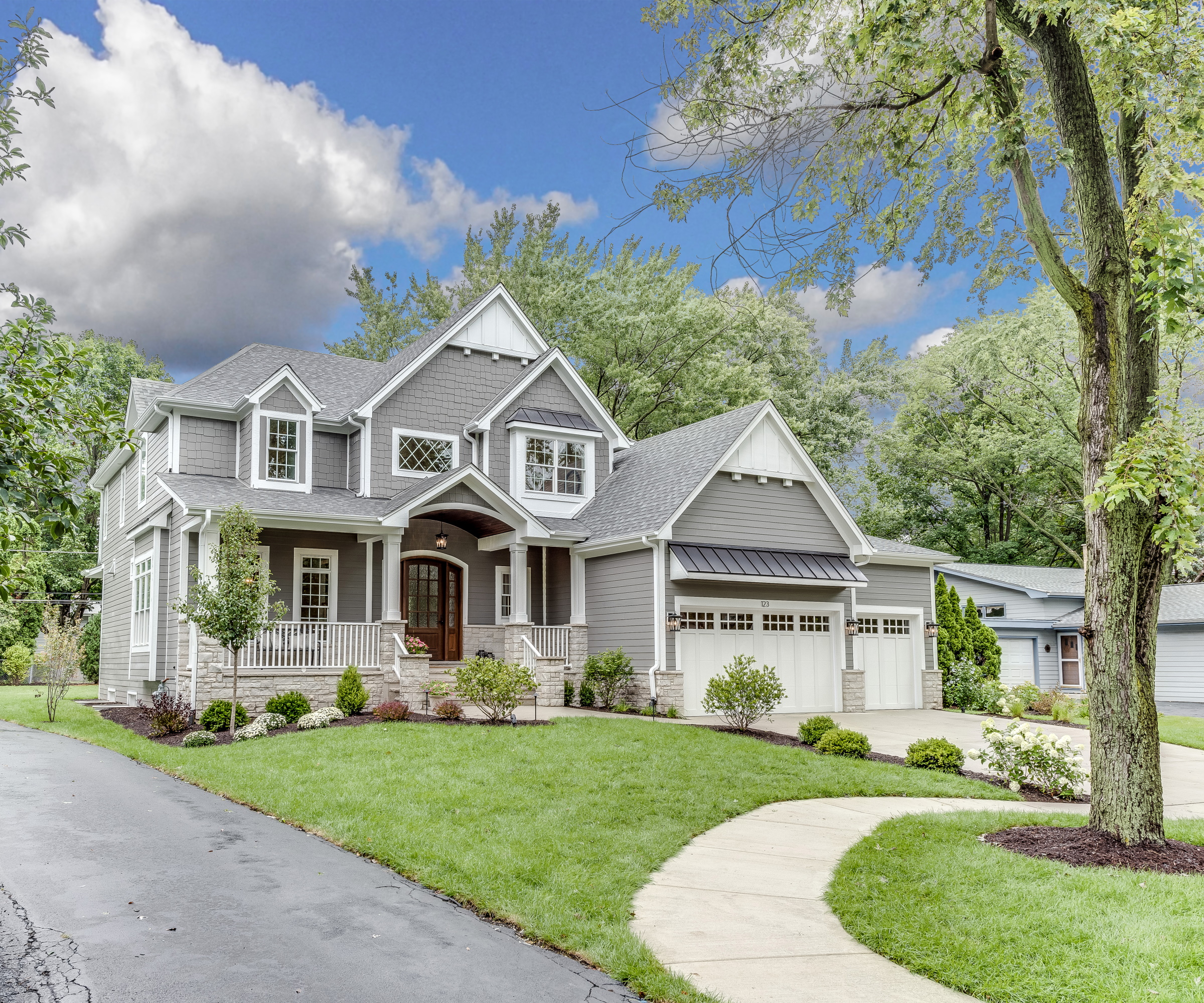
To open up your front yard even more, you can choose to not put anything in place of a fence and just have walkways. This is a great way to make a small front yard look bigger.
'Paver patios and walkways are a sophisticated solution to front yard fencing that enhances curb appeal and creates natural boundaries without feeling enclosed or claustrophobic,' says Cassi.
Using pavers and walkways allows you to add natural boundaries without obstructing the view from your home. There are also lots of front yard walkway ideas to explore and adapt to your space.
'By choosing pavers, homeowners can select from a variety of patterns and colors to accent the architectural style of their house, all while creating a gorgeous hassle-free space that adds lasting value with minimal upkeep,' says Cassi.
FAQs
Do I need planning permission to put a fence or wall on my property?
Whether you need planning permission to add a fence or wall, or other hard landscaping features, to your front or backyard will depend on your local rules. There are regulations in place for certain construction and it differs from city to city. It's best to do some research on the regulations for your specific area before going ahead with any construction on your land.
The options for front yard boundaries are endless and you don't have to settle for a fence if you don't want to. Adding plants is a great way to green up your front yard while still offering distinct boundaries, for example. Once you have your front yard fence alternative in place, try adding some front yard lighting to brighten up your outdoor space and light the way to your front door.

Tenielle is a Gardens Content Editor at Homes & Gardens. She holds a qualification in MA Magazine Journalism and has over six years of journalistic experience. Before coming to Homes & Gardens, Tenielle was in the editorial department at the Royal Horticultural Society and worked on The Garden magazine. As our in-house houseplant expert, Tenielle writes on a range of solutions to houseplant problems, as well as other 'how to' guides, inspiring garden projects, and the latest gardening news. When she isn't writing, Tenielle can be found propagating her ever-growing collection of indoor plants, helping others overcome common houseplant pests and diseases, volunteering at a local gardening club, and attending gardening workshops, like a composting masterclass.
